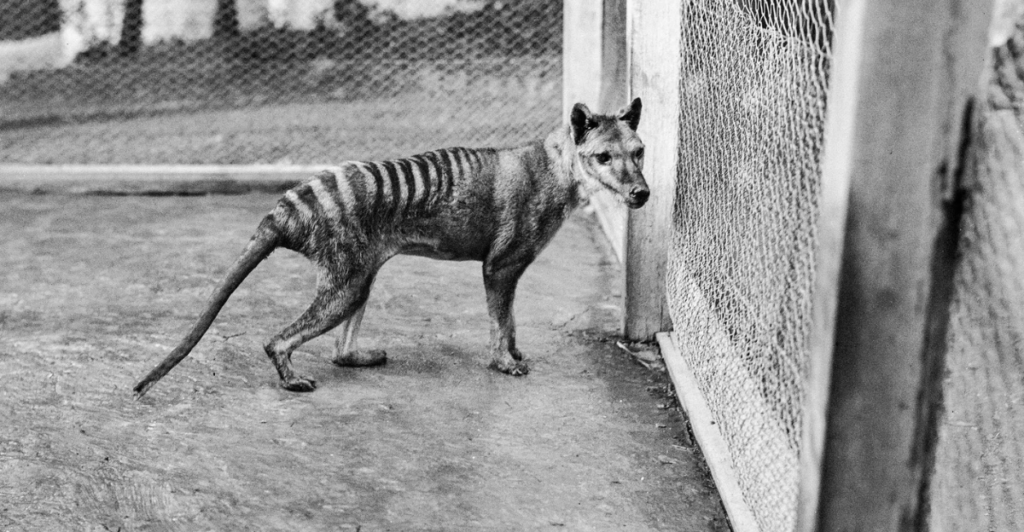
The thylacine, or Tasmanian tiger, was deemed extinct in 1936 because of humans. Nowadays, thanks to the existence of new genetic information, scientists at Colossal Biosciences are about to resurrect the thylacine. Their recent success shows groundbreaking improvement in resurrecting extinct species, which brings hope for the comeback of this extinct animal.
Why Bring Back the Thylacine?
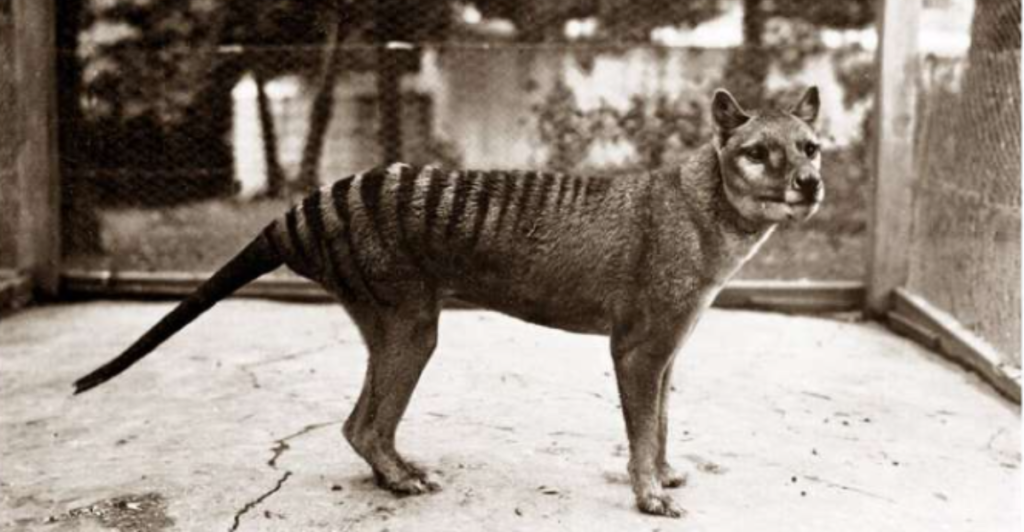
The thylacine was a vital species in Tasmanian environments. With preserved specimens and advanced genetic technology, it is an excellent candidate for the reintroduction of extinct species. Scientists believe its return would be beneficial to biodiversity and conservation science in general. Colossal has also just raised $200 million in a Series C funding round from TWG Global. It now has $435 million in funding to help with reversing extinction.
A Record-Breaking Genome Reconstruction

Colossal has reconstructed the most complete and integrated ancient genome yet. This thylacine genome is of high quality, consisting of roughly 3 billion bases and is more than 99.9% complete. It even includes complex genetic features like centromeres and telomeres, which are challenging to sequence in any animal, extinct or not.
Unlocking RNA Secrets

One of the breakthroughs was the finding of long RNA molecules from a 110-year-old preserved thylacine specimen. RNA is less stable than DNA and usually does not persist in old samples. The finding offers important information about how thylacines looked at a cellular level, which is significant to successfully bringing them back.
The Genetics of Skull Shape
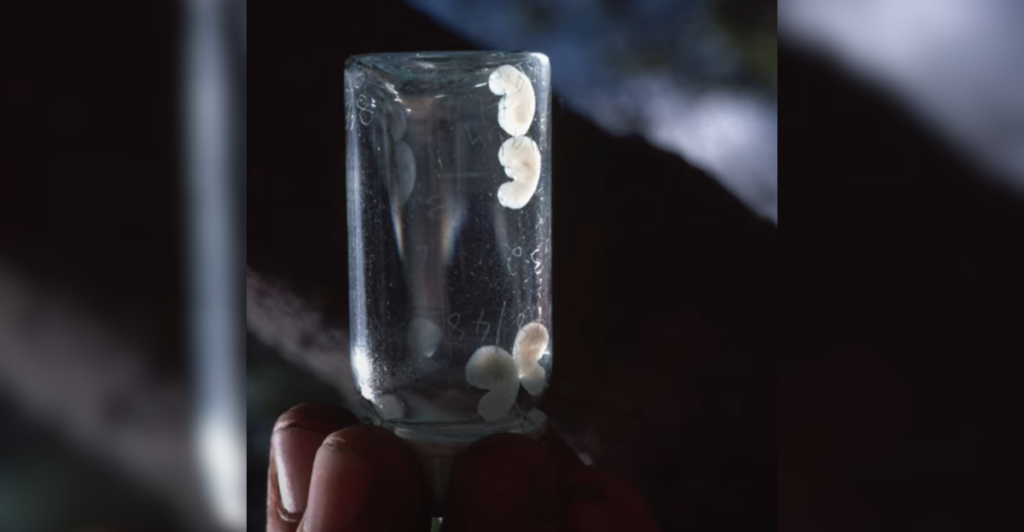
One of the most pronounced features of the thylacine was its wolf-like skull. Scientists have found specific genetic regions like the Thylacine Wolf Accelerated Regions (TWARs), that determined its skull shape. The same genes manage skull development in the wolf, which is why the thylacine and the wolf look so similar despite not being related.
Gene Editing in Action
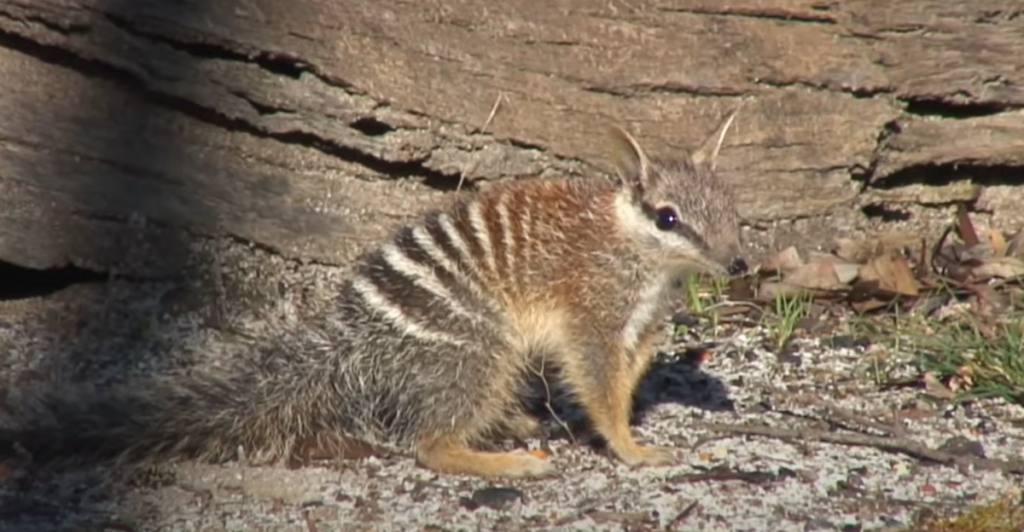
To validate the role of TWARs, researchers implanted these genetic components into mice. The test revealed that TWARs had a direct impact on the development of skulls, validating their involvement in the formation of the head structure of the thylacine. This is an important part in creating an animal that resembles the original species as much as possible.
Importance of the Fat-Tailed Dunnart

Thylacines are marsupials, and thus scientists require a close relative to help them. That relative is the fat-tailed dunnart, which is a little marsupial closely related to the thylacine.Scientists have already started modifying dunnart cells, creating more than 300 different genetic changes to prepare for creating thylacine embryos within the next few years.
Reproductive Technologies: A Big Leap Forward

Assisted reproduction is perhaps the most daunting challenge facing de-extinction. Up until recently, no one knew how to induce marsupials to ovulate. Researchers now understand how to induce ovulation in dunnarts, meaning that they can precisely control breeding. This is a crucial step towards the creation of thylacine embryos in the lab.
Artificial Womb Technology
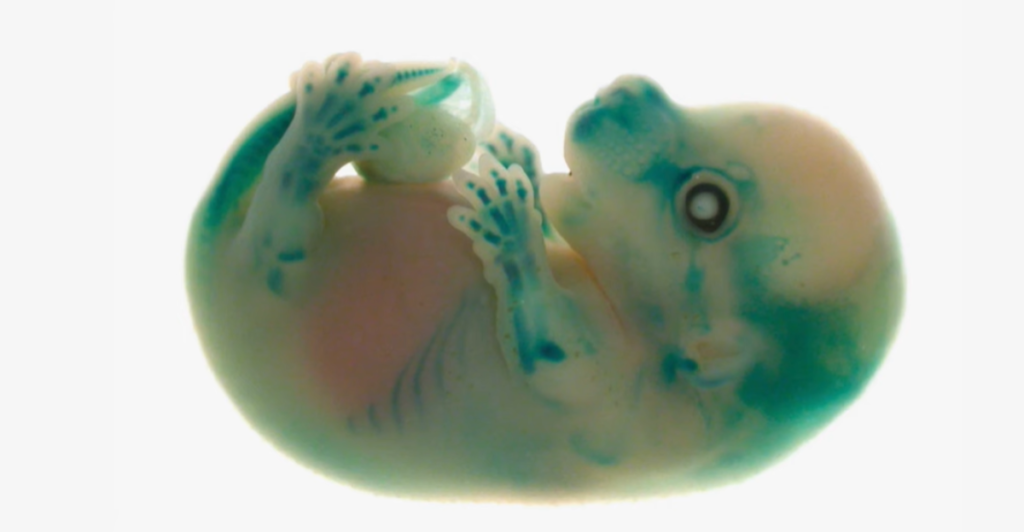
Another significant breakthrough is the creation of an artificial womb to cultivate marsupial embryos. Scientists have successfully grown fertilized dunnart embryos halfway through pregnancy in an artificial womb. This has never been done for any marsupial species before. This brings them one step closer to growing healthy thylacine embryos.
What’s Next?

Now that the genome is rebuilt, important genes are found, and reproductive technology is improving quickly, the next hurdle is to improve how embryos develop.Scientists will keep working on testing their gene modifications in dunnart models before embarking on producing whole thylacine embryos. If the former succeeds, thylacines might reappear within 10 years.
The Ethical Debate

De-extinction is exciting, but it’s also bringing up ethical questions. Do we resurrect species that humans pushed to extinction? Will reintroduced thylacines in the wild survive in today’s Tasmania? Some conservationists believe we should invest in rescuing current threatened species, but others believe that de-extinction helps support current conservation initiatives.
The Potential Impact
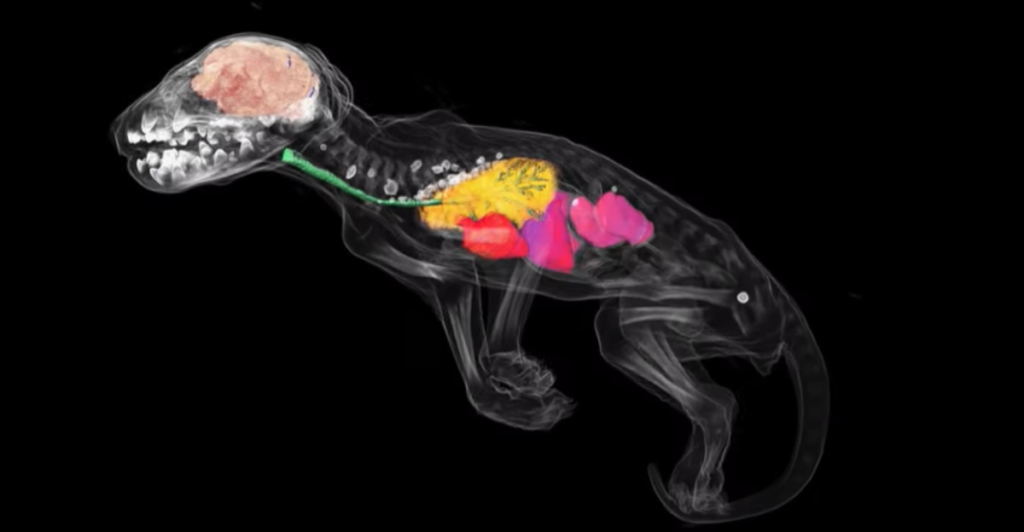
If successful, the resurrection of the thylacine would transform conservation science. The technology being created could rescue other endangered species. Most importantly, perhaps this project will motivate better efforts to keep extinctions from happening in the first place; applying science to undo the errors of the past and keep a variety of wildlife alive for the future.
The Path to Resurrection
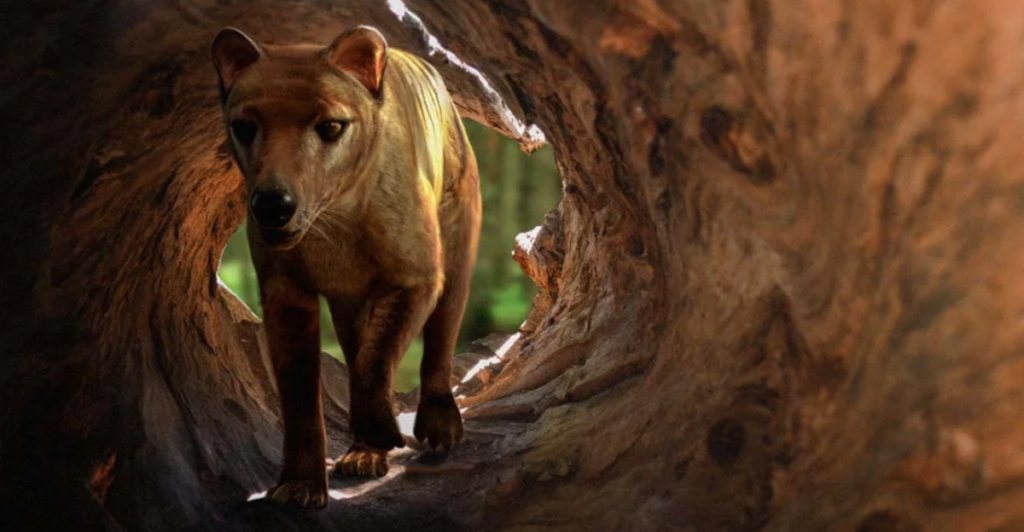
Colossal’s venture proves that the resurrection of the thylacine is no longer the realm of science fiction. With every breakthrough, the potential for thylacines to roam Tasmania again draws nearer. There are still obstacles, but this project is a staggering leap in conservation science: one that has the potential to transform how we interact with nature.
Explore more of our trending stories and hit Follow to keep them coming to your feed!

Don’t miss out on more stories like this! Hit the Follow button at the top of this article to stay updated with the latest news. Share your thoughts in the comments—we’d love to hear from you!







